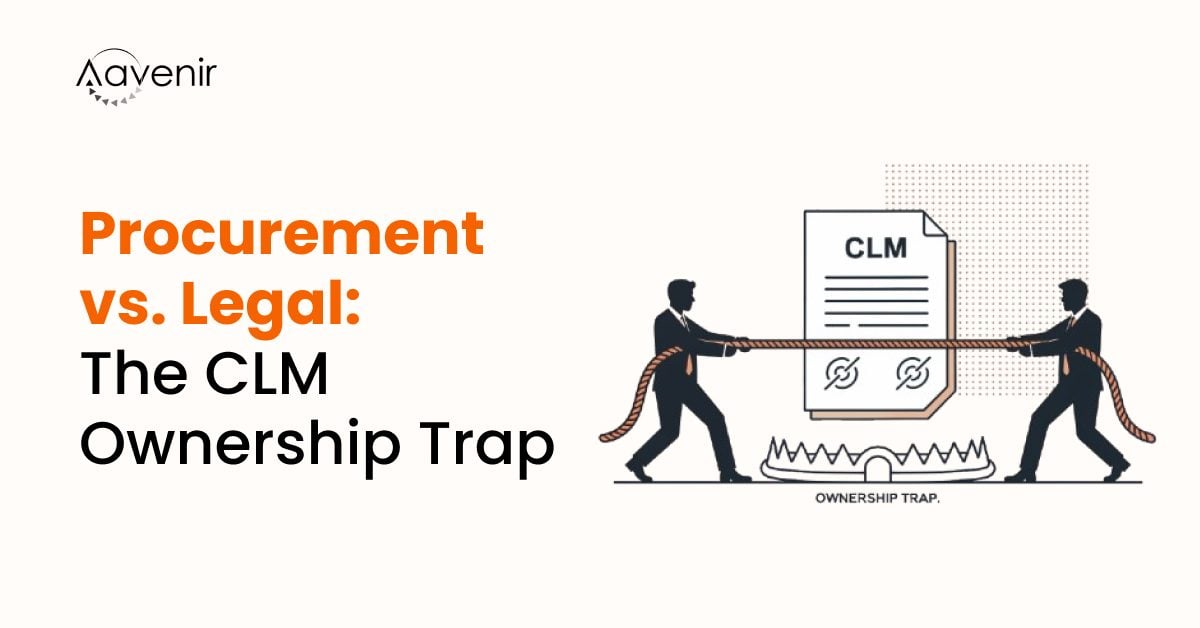Effective contract management practices can achieve a 56% reduction in the contract review and approval process compared to laggard organizations. Utilizing electronic negotiation tools can experience a 20-50% reduction in negotiation cycle times. And, most importantly, using contract management software reports an average 25% reduction in contract cycle times, which includes the Contract authoring stage.
Are you trying to achieve both speed and consistency through better use of your clause library and template repository? The relationship between a clause library and contract templates is closely tied to the overall contract management process within an organization. Both elements play essential roles in standardizing and streamlining the creation and management of contracts
If you are contemplating a contract template and repository rationalization exercise, here are some tips to keep in mind as you undertake this initiative.
[A] Need for Clause Library
Reuse of Standardized Clauses
A clause library allows organizations to create, and store standardized, pre-approved clauses. This promotes consistency across contracts and ensures that legal and regulatory requirements are consistently addressed.
A clause library typically contains individual clauses that represent specific contractual language, terms, or provisions. When creating contract templates, these clauses from the library can be inserted or referenced, allowing for the reuse of standardized language and provisions.
Efficient and Quicker Contract Authoring
Instead of drafting contracts from scratch, users can select and insert pre-approved clauses from the library. This significantly reduces the time spent on contract creation and ensures that legal language is consistent. Furthermore, a clause library enforces the use of standardized language across contracts, reducing ambiguity and the potential for misunderstandings between parties.
Legal Accuracy and Compliance
Pre-approved clauses in the library are likely vetted by legal experts, reducing the risk of using outdated or incorrect language in contracts. By using a clause library, organizations can ensure that contracts adhere to legal and regulatory requirements. The library can house clauses that are compliant with industry standards, laws, and regulations, reducing the risk of non-compliance.
Version Control and Audit Trails
If legal requirements or industry standards change, the clause library facilitates centralized updates to ensure that all contract templates are up-to-date and compliant. This helps in managing versions and avoiding the use of outdated clauses. Just like how the clause library keeps track of different versions of clauses, contract templates can also have a similar functionality. This helps organizations track changes made to clauses, and thereby templates, over time, providing an audit trail for compliance, analysis and accountability purposes.
Centralized Management and Collaboration
A clause library facilitates collaboration among legal, procurement, and business teams. Team members can access and contribute to the library, fostering collaboration and knowledge sharing. Both the clause library and contract templates benefit from centralized
management. If a clause in the library undergoes updates due to legal or regulatory changes, these changes can be easily published to all templates that reference the updated clause. This ensures that modifications and approval flows for modified clauses are consistently and effortlessly applied across all relevant contracts.
[B] Considerations for Organizations with Templates but without a Formal Clause Library
Organizations that have templates but have not yet created a formal clause library can still effectively manage contracts, but they may face some challenges related to flexibility, customization, and knowledge management. Here are some considerations for organizations in this situation:
Customization Challenges
Without a formal clause library, users may face challenges when dealing with contracts that require more customization. Templates provide a structured framework, but if a specific clause or provision is not present in the template, users might need to create it from scratch.
Limited Flexibility
The lack of a comprehensive clause library may limit the organization’s ability to respond to unique or evolving contractual requirements. Users might find themselves reinventing certain clauses rather than leveraging pre-vetted and standardized language.
The absence of a clause library within a Contract Lifecycle Management (CLM) solution can significantly limit the flexibility to implement fallback or alternate clauses. Without a centralized repository for clauses, contract managers may struggle to quickly access and deploy alternative language when needed. This
limitation can lead to delays in contract negotiations or the use of outdated or non-compliant language, increasing the risk of disputes or unfavorable terms. Additionally, the lack of a clause library inhibits standardization efforts, making it challenging to maintain consistency across contracts and potentially resulting in inconsistencies or discrepancies in legal language. Overall, the absence of a clause library within a CLM solution undermines efficiency, increases risk, and hampers the ability to adapt to changing circumstances or negotiation dynamics.
Knowledge Management
Knowledge about specific clauses, their legal implications, and industry best practices may be dispersed among team members. A formal clause library helps centralize this knowledge, making it easily accessible to all users.
Long-Term Planning
Organizations should consider developing a clause library as part of their long-term contract management strategy. This will enhance flexibility, provide a more robust resource for customization, and improve the overall quality and compliance of contracts. By utilizing a clause library, tracking frequently negotiated clause languages becomes more manageable. Legal teams can swiftly access and modify it, thereby facilitating standardization and reducing the likelihood of risk and deviations.
AI-powered clause deviation capabilities help users auto-detect contract clause variations against legal-approved clause libraries, repository contracts, and prior contract versions which enable legal and procurement teams to self-rectify low-deviant clauses, focus on negotiation of highly deviant clauses, and redirect critical clauses to legal teams for specialized review.
To enhance the effectiveness of contract management in the absence of a formal clause library, organizations can take steps to gradually build and refine a library over time. This may involve identifying commonly used clauses in existing contracts, gathering input from legal and subject matter experts, and establishing a systematic process for adding, updating, and managing clauses.
[C] How to Create Contract Clause Library
1. Identify the most commonly used clauses in a company’s contracts. These may include force majeure, indemnification, limitation of liability, payment terms, confidentiality provisions, compensation clauses, and cancellation terms.
2. Create a complete list of clauses and arrange them by type, region function etc. For example, for payment related clause California will have a different language compared to Texas, likewise data protection clause can be different in North America and Europe.
3. While creating a clause library, seek advice from legal experts to ensure contract clause collection are legally sound and comply with relevant laws and regulations. In case there are any compliance gaps or language gaps in your library. get legal help to draft new clauses
4. Use the contract clause library when you draft your contracts either from scratch or from contract templates
5. Regularly review and update the library to ensure that it remains relevant and up to date
6. Grant access to clause library to ensure that everyone uses the same language and complies with the same legal standards.
Signing off –
Enhance Efficiency through Contract Templates and Clause Library
By seamlessly integrating well-crafted contract templates with efficient clause library creation, achieve a streamlined and collaborative approach to contract management, ultimately enhancing overall efficiency and reducing legal risks. And on top of it, Generative AI-powered contract management software offers smart suggestions on contract authoring, clause insertions, clause deviations, clause simplification and hence strengthen your contract review and negotiations.



